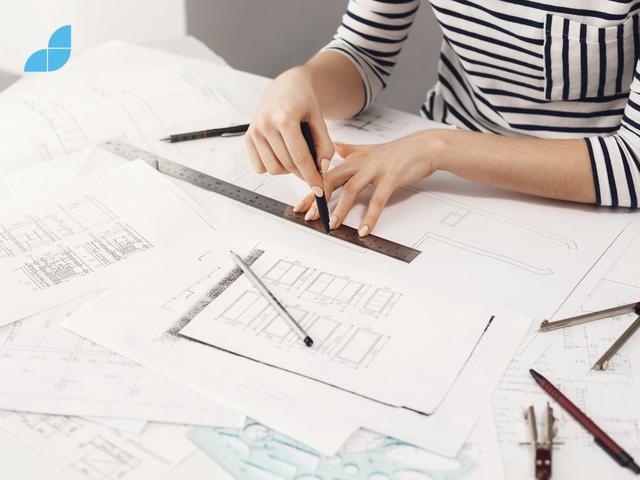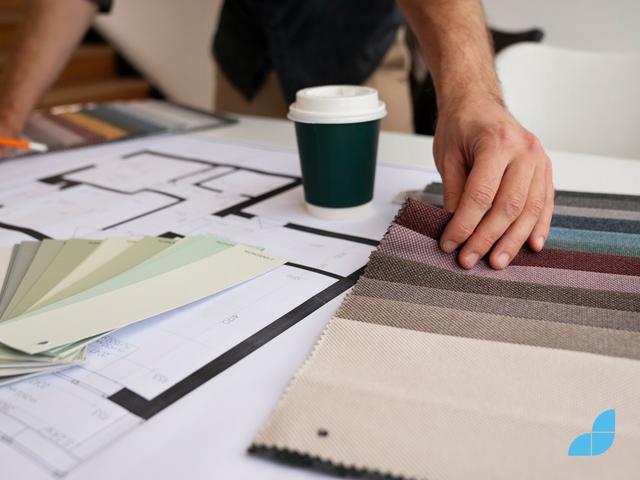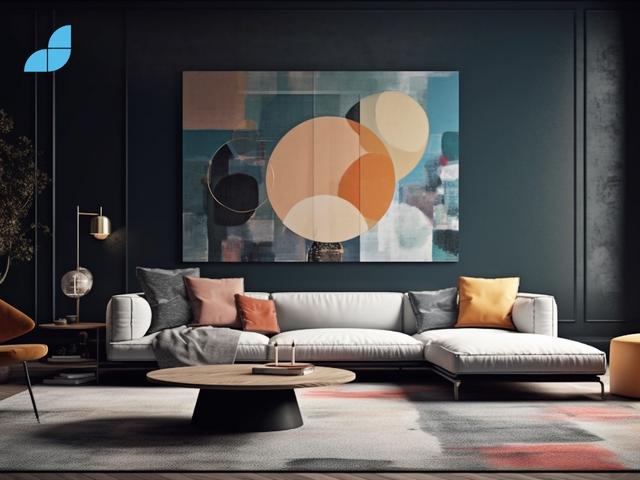Many architects will dabble in interior design and many interior designers have some experience with architecture, but they are two distinctly different disciplines. They do however, have much in common and can at times overlap.
Architecture
Defining Architecture
An architect’s primary focus is the conceptualisation, planning and design of a building structure. The design includes the exterior, interior and structural integrity of the building. An architect must consider functionality, safety, zoning and planning laws as well as the overall aesthetic and design of the structure. They will also consult with contractors and tradespeople to ensure the electricity, heating, insulation, and any mechanical elements are included in the design.

Interior Design
Defining Interior Design
An interior designer will primarily work on interiors to create an aesthetically pleasing and functional space. The ultimate goal of an interior designer is to enhance the living and working experience of the people who use the space. If there is some structural interior redesign needed, an interior designer will also work with contractors but in general, they are responsible for the layout, design, and furnishing of interior spaces. This involves working with a client and choosing the right colour, layout, lighting, and materials for the space.
Architecture and Interior Design
Architects are typically educated in building engineering, architectural theory, and project management.
Interior designers are generally more art & design oriented with an emphasis on spatial concepts, aesthetics, and problem solving.

Architects are typically required to be licensed and must follow stringent regulatory requirements. Interior designers on the other hand, may not require licensing (depending on the region) and generally don’t need to adhere to very strict regulations. However, with both professions, regulations and legal issues will differ from project to project.
Despite their differences, the two disciplines will often collaborate and in some cases, they can be tightly intertwined. While an architect will focus on the exterior of a building, they do not ignore the interior. When a new project is underway, they will often work together with an interior designer to create cohesion between the exterior and interior to ensure an ambient flow and harmony throughout the building.
Both architecture and interior design play important roles in enhancing how we live and work and together they contribute to the quality and of so many aspects of life. Having a clear insight into both disciples will allow both an architect or interior designer to understand how they can work together in support of both intentions.
Whether you prefer the grand scale of architecture or the intimate and detailed world of interior design, both fields provide rich and rewarding career opportunities.
Why choose Interior Design?
Interior design can be a more appealing choice for the creative, design minded person. It is also an area that can be more instantly gratifying than architecture due to the relationship a designer will develop with the client. It is common for an interior designer to be present when the client first sees their new home design or indeed their business. This is where many designers gain the most satisfaction from their work as they can personally witness the joy their work can bring.
Interior designers will also collaborate with the users to understand their needs, desires, and lifestyles in order to create environments that are not only beautiful but also deeply personal and functional.
Interior design also has enormous scope for creativity as designers can work on any number of projects in a range of areas. There is residential interior design which has a broad range of different projects due to the variety of homes, rooms and people. Designers can also work in hospitality which can be hotels, restaurants, cafes, salons, or anywhere there are social events. This can be a great opportunity for real freedom of expression and creativity. There is also a large market for business premises with any number of uses including offices, studios, manufacturing or healthcare sites. Anywhere with an interior will need some aspect of design. This variety also means interior designers can experience a range of different projects and a higher turnover of new and fresh ideas.

Follow your creative path with our Interior Design courses
With our range of comprehensive interior design courses, you can take your passion for design to the next level. Our course material covers everything from fundamental design principles to industry trends and technologies. Under the guidance of experienced professionals, you can explore the art of designing functional and aesthetically pleasing spaces. Our hands-on approach ensures that you gain practical experience, while our encouraging learning environment encourages creativity and innovation.
Our courses are the ideal stepping stone to a successful career in interior design. Whether you're brand new to interior design or you want to improve your existing skills, enrol now and start shaping the spaces of tomorrow, today!


